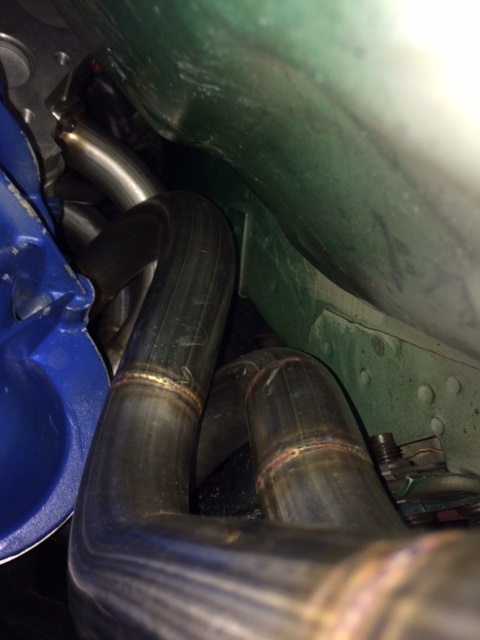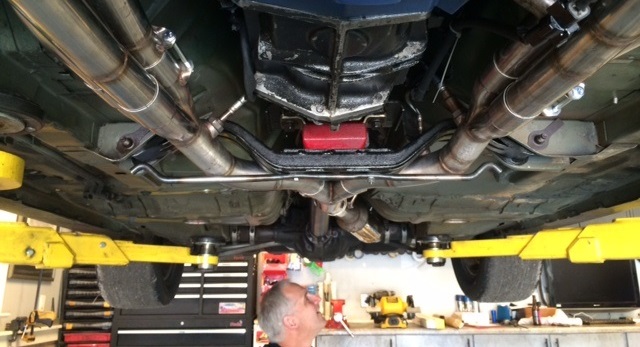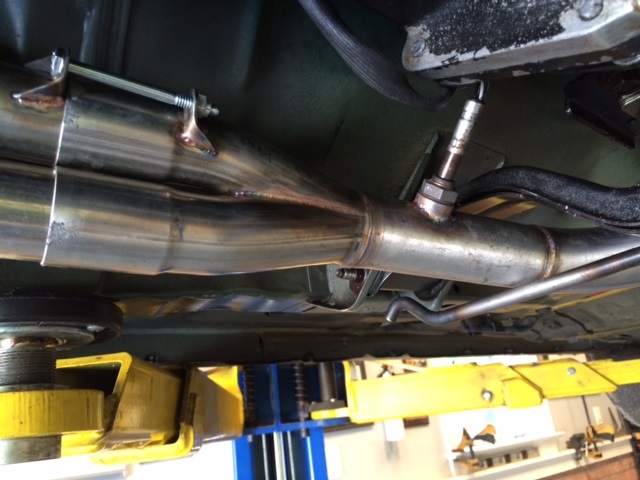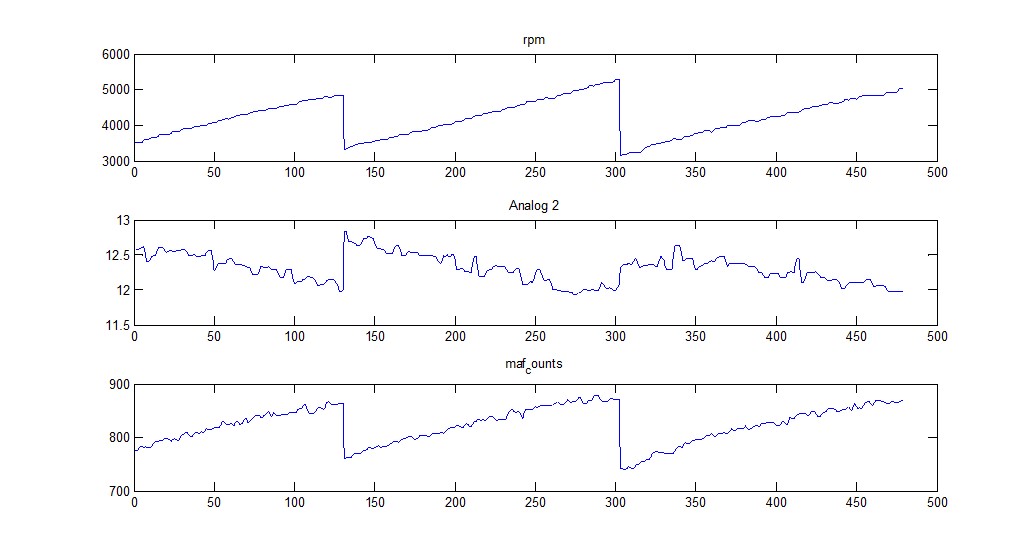Finally found part of the last lap, the checker with a car length between us.
[ame]http://www.youtube.com/watch?v=14rrb7oXmYc[/ame]
Work still continues with rear axle rebuilding, tri-link re-engineering, chassis setup, and some other odds and ends. I believe we've made significant strides in the rear chassis configuration/setup and will be able to put power down far sooner than we were able to in 2012/2013. That's really the key for us, to be able to capitalize on our good low and mid-range horsepower. At a track like say CMP we can turn in just fine and brake with the best of them, but lose on power application in the carousel, a very important section of the track, as well as T12. CMP doesn't have long straights so the RX7s can't kill us on top like Daytona or CMS, and if we can get that power down early without losing the rear we might do well at that track. And those improvements would help a lot at RRR where the race is to see who can lay down the pedal soonest in T6.




 Reply With Quote
Reply With Quote




















Bookmarks